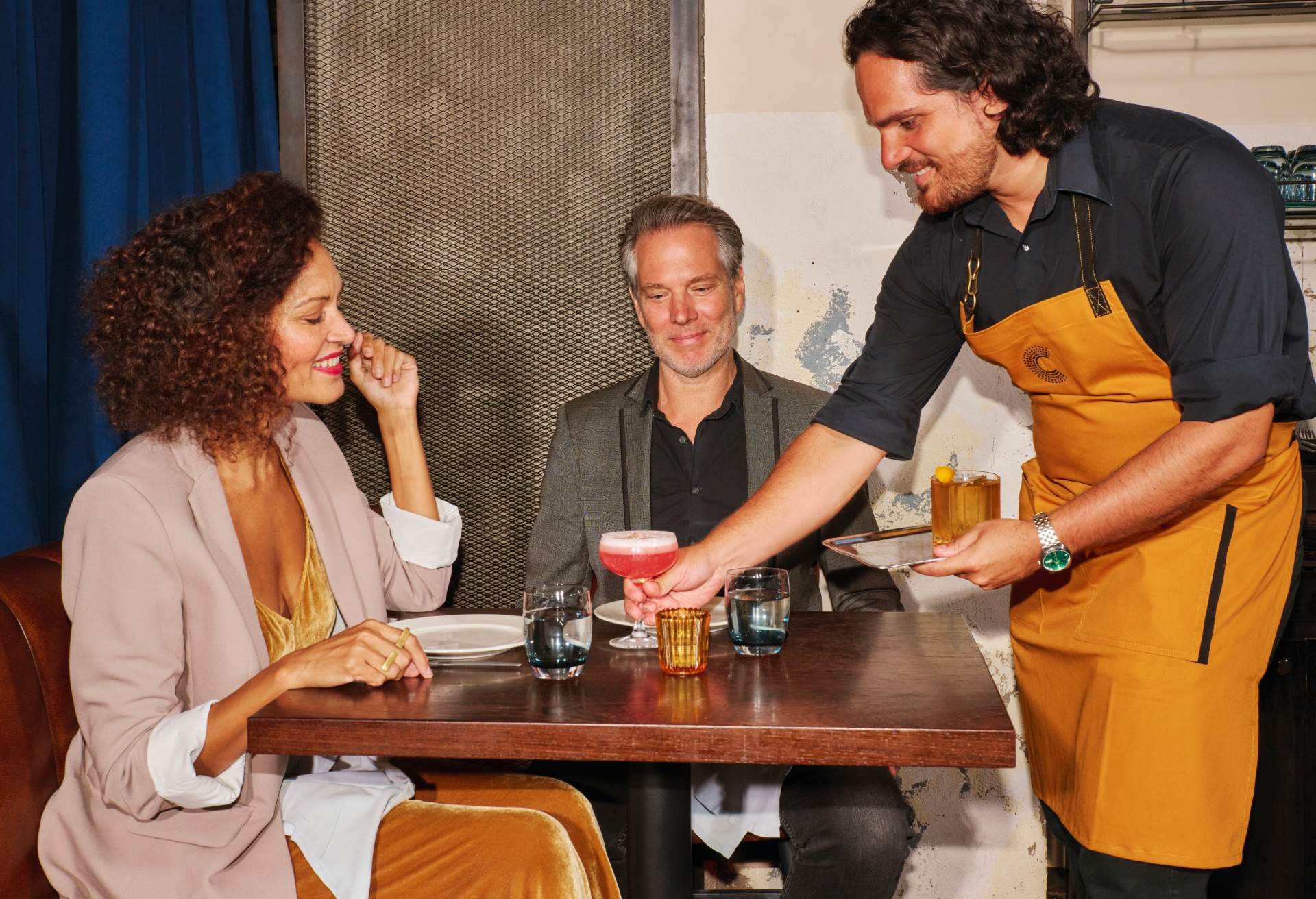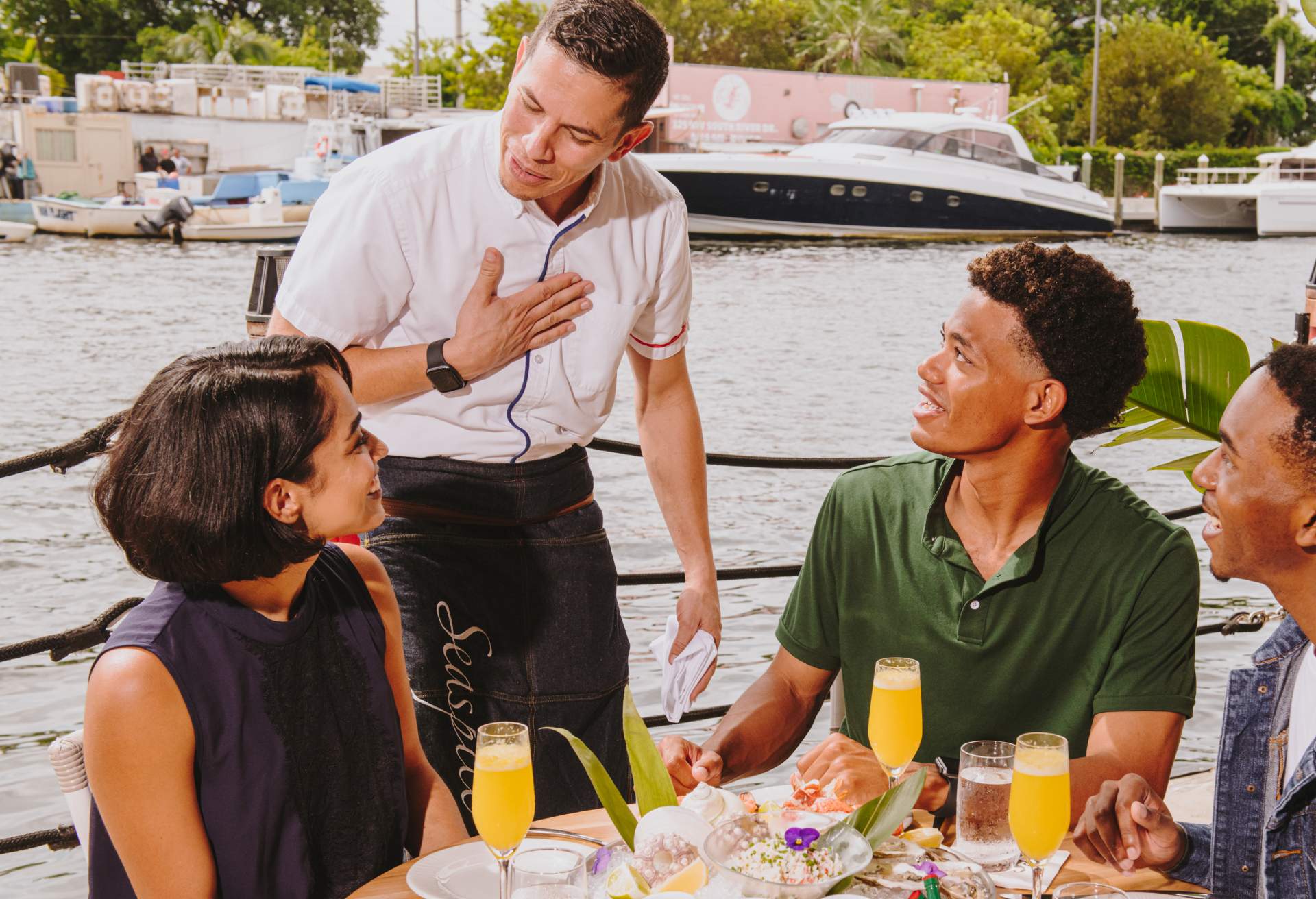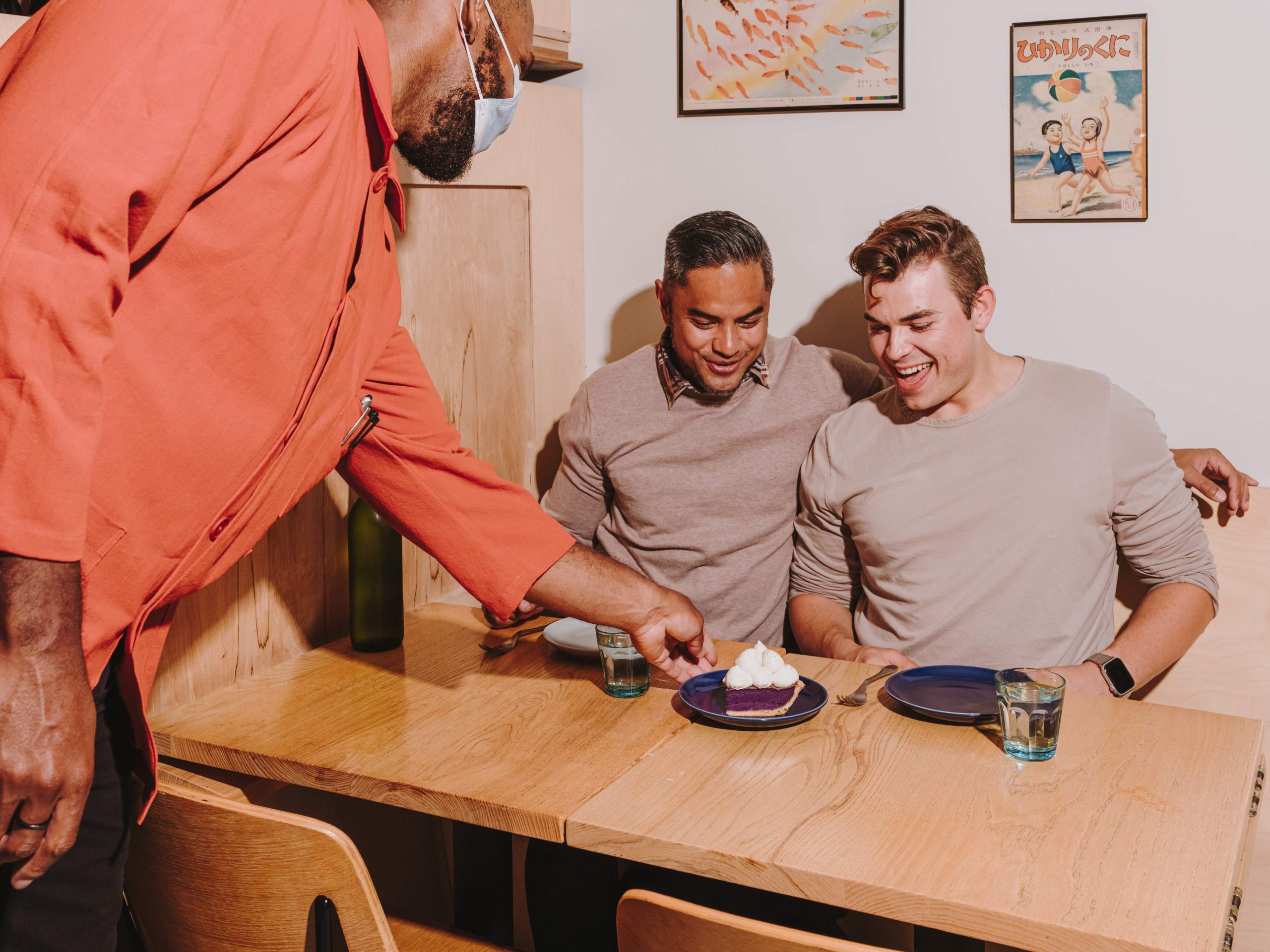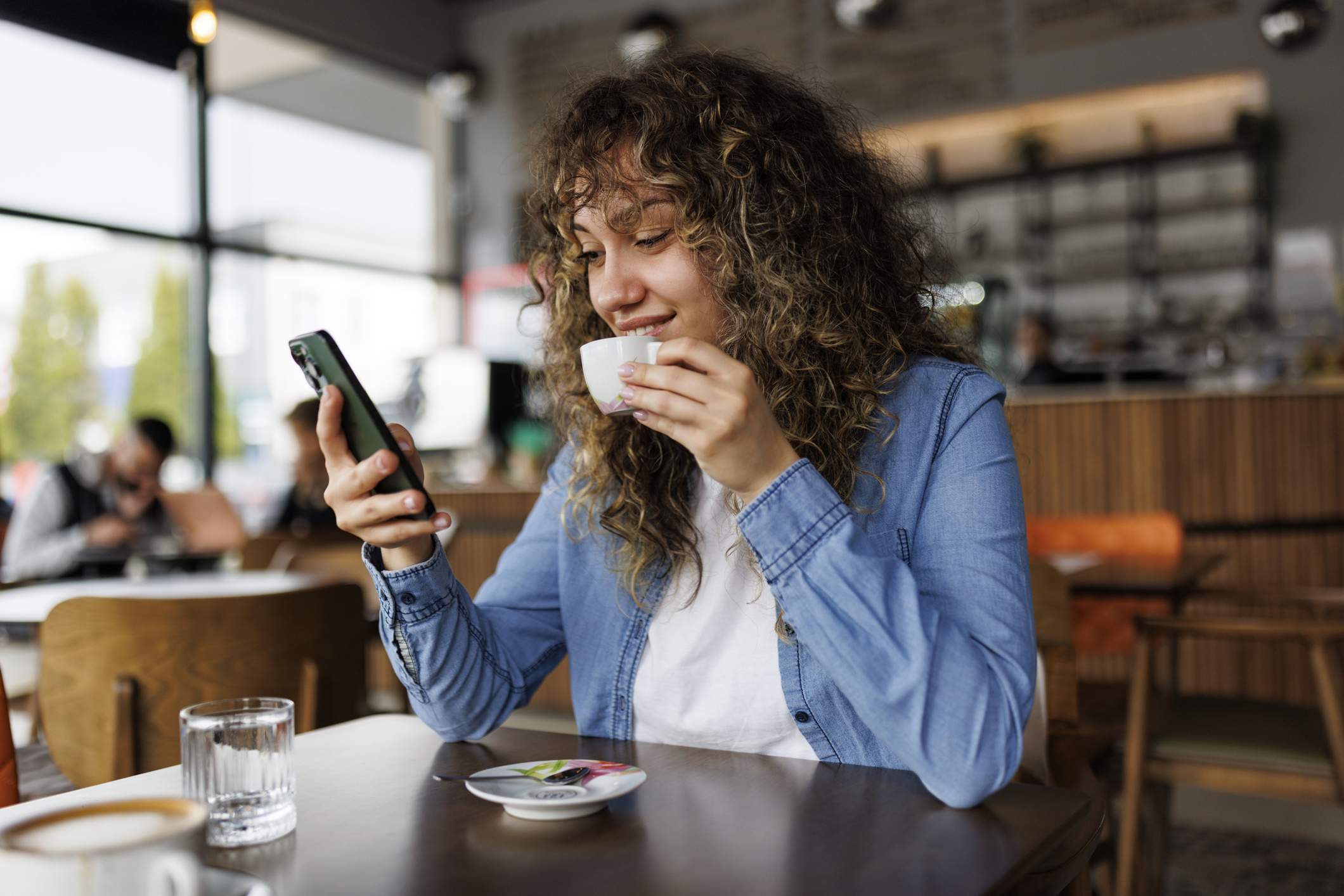Loyalty programs gain popularity every year, but there’s nothing new about the practice of rewarding customers for their business.
In fact, loyalty programs date back to at least the Great Depression, when Betty Crocker asked customers to save their cake-mix box tops and send them back to the company in exchange for money-saving coupons for their products.
Loyalty programs have come a very long way since then, thanks in part to technology. They continue to be prized by restaurants and other businesses because the best loyalty programs cause people to make extra purchases and spend more than they otherwise would.
For restaurants, loyalty programs offer even more benefits: They can help you get to know your most valuable guests even better so you can offer increasingly more personalized hospitality.
If you’re looking for ways to bring in new customers, turn drop-ins into regulars, and boost sales, consider a loyalty program for your restaurant. There are a ton of different ways to do it, but the benefits of a well-run loyalty program are the same: happier customers, higher sales, and stronger relationships with guests.
Quick Links
What is a brand loyalty program?
What is the purpose of a loyalty program?
Types of loyalty programs
Technology and loyalty programs
What is a brand loyalty program?
A loyalty program lets your restaurant build a stronger relationship with guests and encourages them to dine with you more often. Guests who sign up for a restaurant loyalty program earn freebies, points, or other incentives every time they spend.
Loyalty programs typically collect data or help you learn more about guests along the way so you can offer more table touches geared toward their preferences and tastes.
All loyalty programs reward customers in some way, but the rewards themselves can take different forms. You can track customer spending and rewards with a physical record like a punch card, in a mobile app, or through your restaurant’s POS system. Some restaurants structure loyalty programs as paid memberships that give guests VIP treatment, special event invites, or other exclusive perks.
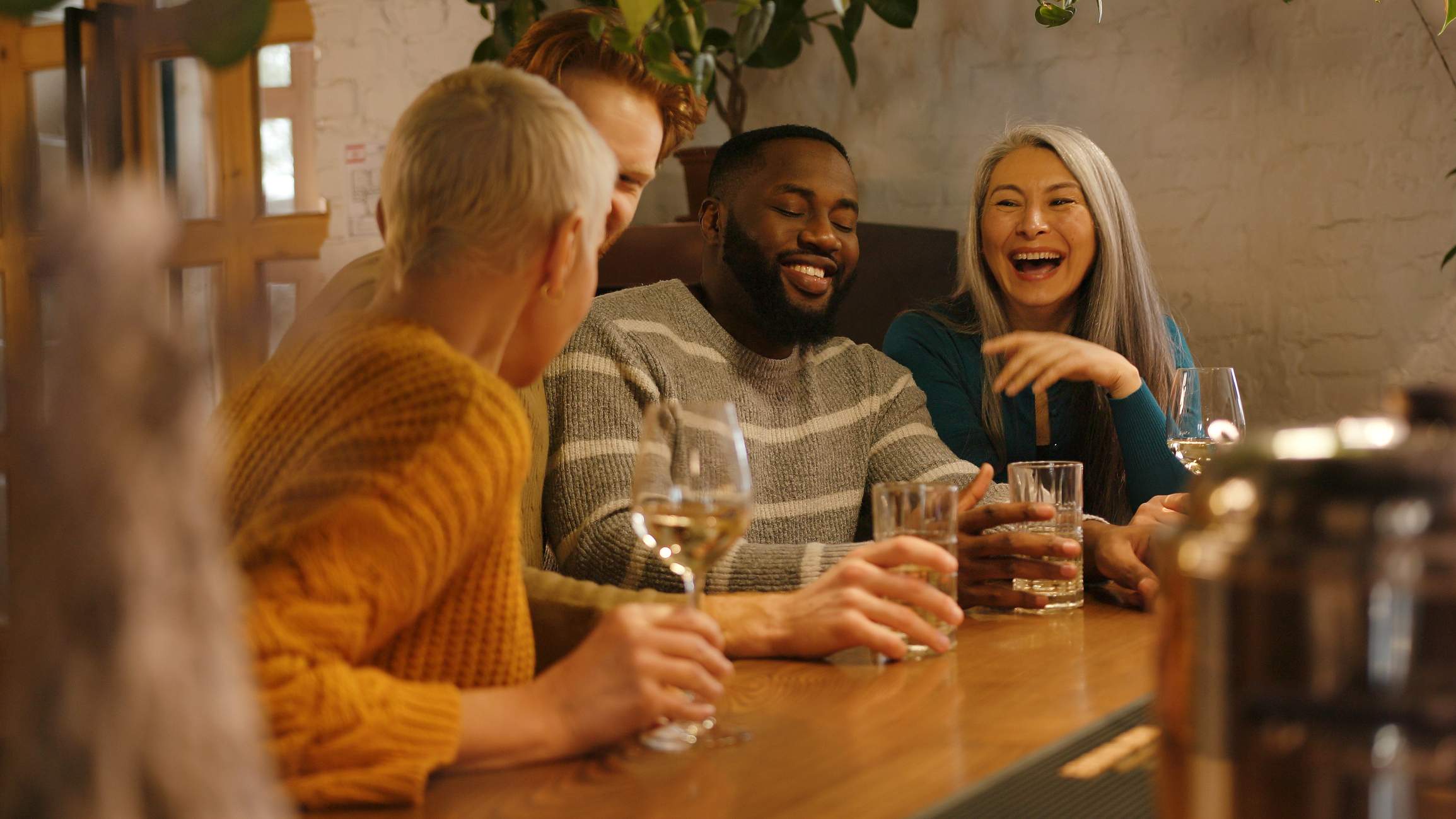
What is the purpose of a loyalty program?
Loyalty programs are designed to keep customers coming back to your restaurant and spending more with you. But loyalty programs can strengthen business in other ways, too.
Turn customers into regulars
It’s cheaper to keep the customers you have than to get new ones. The cost of acquiring new customers is six times more expensive than what it costs to keep existing customers, according to Salesforce.
Creating a points program is a smart way to turn first-time visitors into repeat customers and keep your regulars coming back. By strengthening that relationship and incentivizing guests to dine more often, you’re cutting customer acquisition costs while boosting your bottom line. Many people enjoy the game aspect of racking up points, increasing guest delight and positive associations with the restaurant.
Showering participants with personalized service as they’re earning points is a sure way to win lifelong loyalty.
Appeal to new guests
Promoting a loyalty program with quality perks can help get new guests in the door. A free appetizer or dessert costs you little but has enough value to guests to make them choose you over another restaurant. If you win them as a regular, their lifetime value provides an unbeatable return on investment.
Getting the word out about a loyalty program is essential to attract new guests. Include information about your rewards program at different touchpoints—on social media, in a reservation confirmation email, on a flyer with the check, and in a post-visit follow-up email. If people don’t know about it, it can’t bring them in the door.
Getting that initial reservation on the books is only the first step. From there, use guest notes to keep track of dining behaviors so you provide the small touches that win over regulars, such as pouring their preferred type of water without needing to ask.
Increase sales
Aside from bringing guests in more often, loyalty programs can help your restaurant boost revenue. After all, the more a customer spends, the more they get back. Customers enrolled in loyalty programs spend up to 18% more than those who aren’t, according to that Salesforce report. People love having their special go-to restaurants, and it pays to position yourself that way through a loyalty program that guests enjoy.
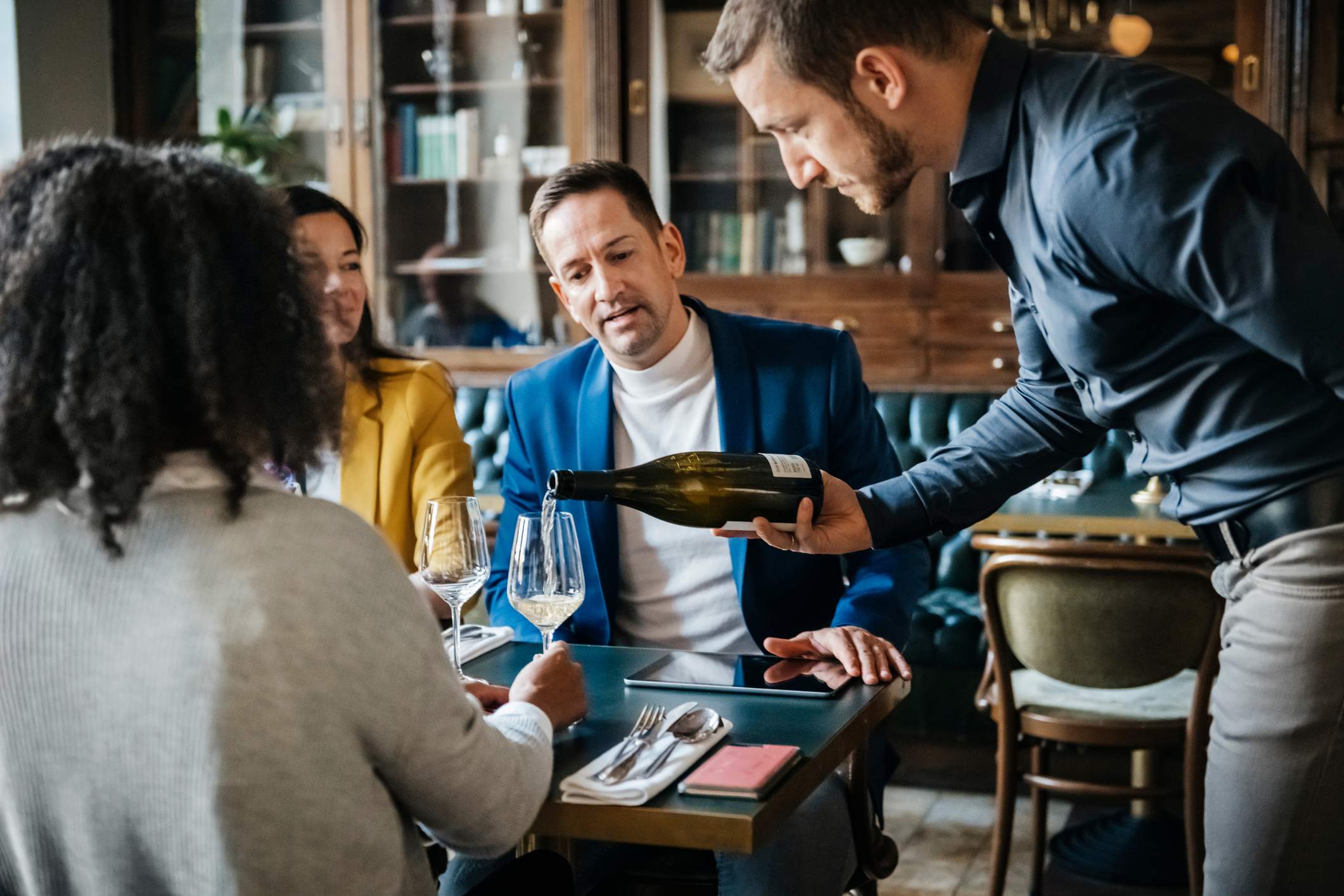
Provide personalized hospitality and appeal to VIPs
A great loyalty program works because it gives guests the feeling that they’re part of something special—especially if you use customer data to go beyond points and perks.
A loyalty program can gather valuable customer data you and your team can use to provide a more personalized guest experience for program members. Invite your best customers to join and unlock VIP-level perks. Think special invite-only dinners, a tasting menu in the kitchen, a meet-and-greet with the chef.
These desirable rewards are exactly the type of experiences that build rock-solid relationships between a restaurant and its regulars.
Types of loyalty programs
Exactly how you choose to run a rewards program depends on your restaurant, business model, and goals. Check out these different types of customer loyalty programs and consider which one is the best fit for your guests. Remember, if they don’t love participating in the program, its ability to help you bond with guests will be limited.
Tiered loyalty programs
In a tiered loyalty program, guests unlock new levels of benefits once they spend a certain amount. This type of loyalty program can increase revenue by encouraging guests to spend more than they otherwise would, according to Zendesk.
Points-based loyalty programs
In a points-based program, customers can earn points based on their spending, then redeem them for discounts on products and services.
If you don’t want the hassle of launching your own points program, you have other options. Consider taking advantage of OpenTable’s Bonus Points, which give your best customers an incentive to visit your restaurant.

Subscription-based loyalty programs
Some loyalty programs include special perks for guests who pay a regular subscription fee upfront. This type of loyalty program can be run independently, or businesses may choose to partner with a platform like MealPal that offers discounts at several restaurants for one subscription fee.
Visit frequency-based
Rather than tracking spending or points, a visit frequency-based loyalty program rewards guests based on a certain number of visits to your restaurant.
Keeping tabs on your most frequent guests and rewarding them with VIP customer service is a great way to run a “stealth” loyalty program.
How can technology help build a loyalty program?
A restaurant loyalty program can help you level up your business, but keeping track of points and visits can be a challenge. Luckily, you’re probably already using a few different tech tools that can help you store, track, and break down this important customer information.
Online ordering software
An online ordering platform like Square, Toast, or Upserve can free up staff time and boost efficiency. But that’s not all digital restaurant platforms can do. They also store useful information about your customers and their habits. These platforms can even analyze that data to help you reward your most loyal guests and deliver a higher level of hospitality.
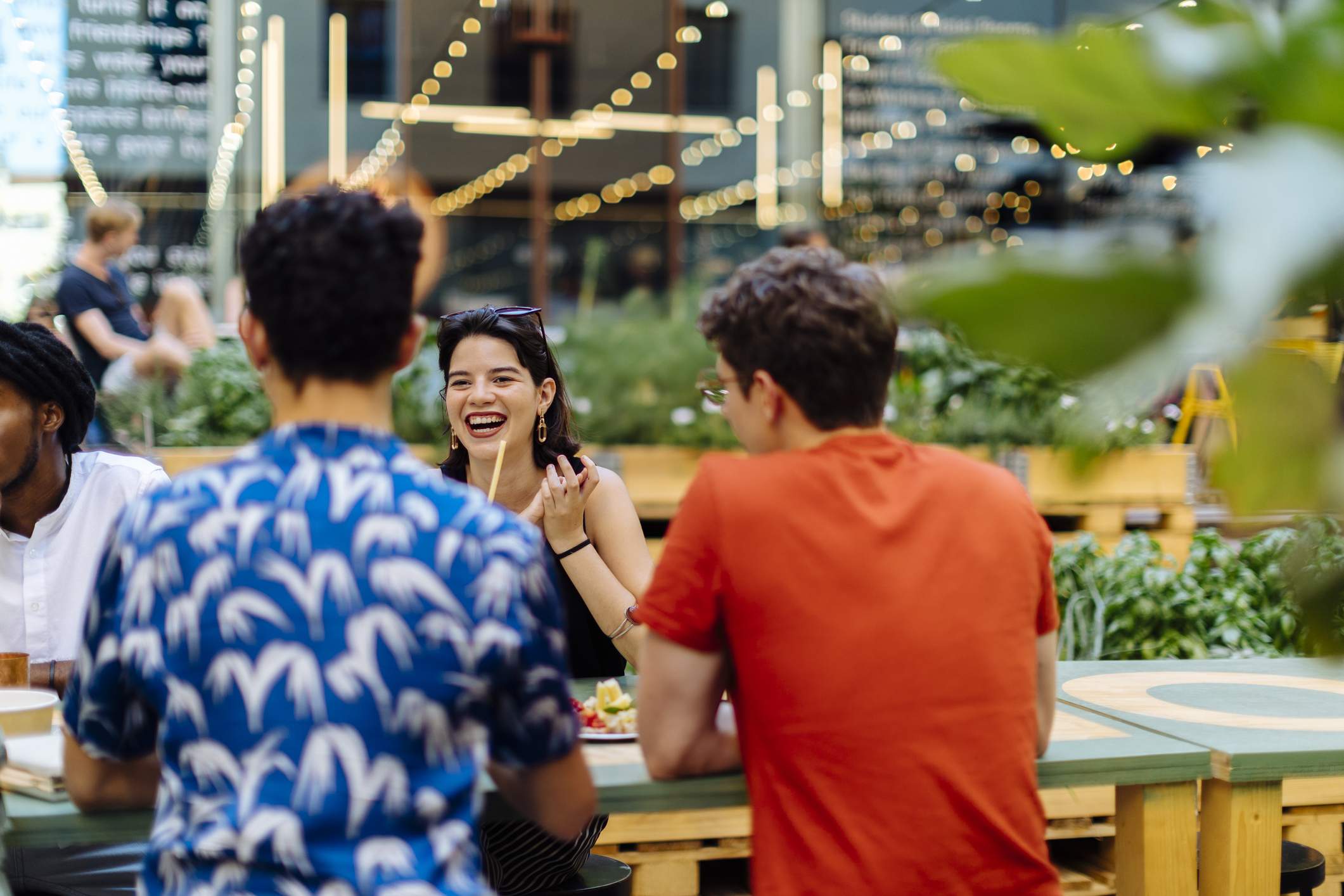
Mobile apps
Mobile apps for restaurants can help your business run more smoothly and offer convenience to customers. Apps like Belly, Upserve, and OpenTable also make it easy to manage a loyalty program. Customers can use these apps to track points and redeem rewards from their smartphones.
How to set up a restaurant loyalty program
Signing up for yet another software platform or app can feel like a hassle—but think of the payoff once your loyalty program is in place.
There are many benefits to offering a loyalty program at your restaurant. Certainly, increasing revenue is among the most important. The connection between loyalty programs and improving hospitality should also not be overlooked.
We’ve come a long way since the box tops and coupons of Betty Crocker. With the power of technology, loyalty programs are easier to put in place than ever and offer a treasure trove of data. It’s never too late to get started with a loyalty program–the benefits are too great to pass up.

